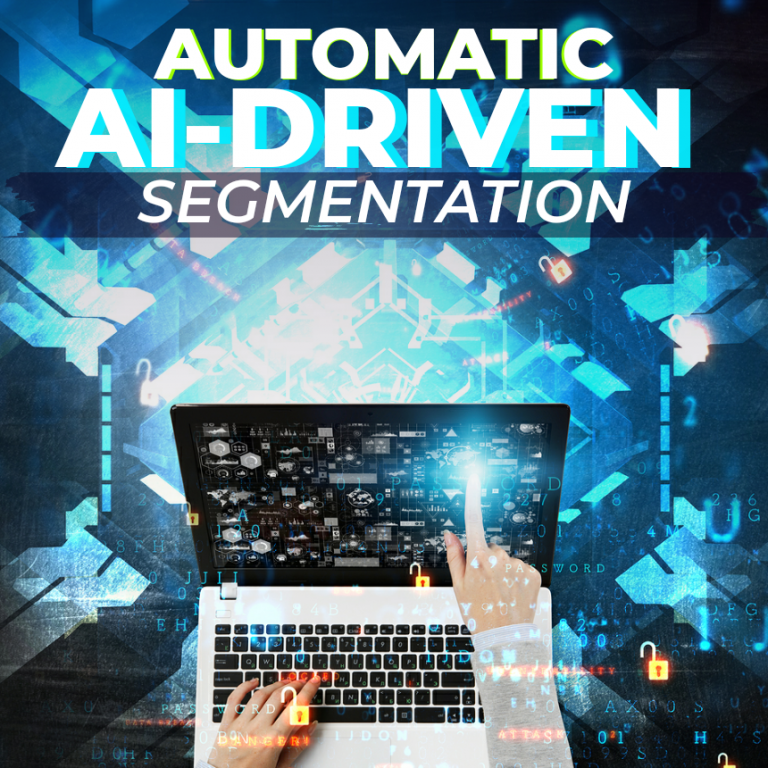
More than 40% of marketers are trying to leverage the power of AI for customer segmentation. AI enhances the targeting, personalization, and overall engagement of a customer. It gives banks more time to engage with their clients when it is highly necessary.
At its most basic, customer segmentation is the process of separating customers into a group based on various demographics and common characteristics so businesses can market to each group more appropriately and effectively.
How to practice customer segmentation strategies for business and how to benefit from it:
How to Segment Customers?
Customer segmentation requires a business to collect specific information – data – about customers and analyze them to find patterns that can help create segments and sort them accordingly. Some of those data can be gathered from
- Purchasing information
- Job title,
- Geography
- Products purchased,
- Age
- Profession
Information about how the customer entered your system would also be helpful for you to segment the customer. An online marketer sending email from an opt-in email list might sort marketing messages according to the opt-in offer that brought the customer to your website.
Related: Customer Segmentation: Grow Your Business with a Reliable Strategy Part – II
Typical data-collecting methods include:
- Face-to-face or telephonic interviews
- Interactive Surveys
- General data collection using published information about market categories
- Using Focus groups
- Using Customer Segments
Delivering Expected Results by Employing Customer Segmentation
Customer segmentation has become beneficial for many companies and for a good reason.
- Delivering the right message to the right customer and at the right time has been the main goal for all businesses.
- Marketers are working on customer segmentation strategies every day and trying to pull everything inside their hat.
- With the help of AI & ML, Marketers can work on micro-segmentation and build multiple buyer personas.
- Micro-segmentation means better chances of conversion rates and better targeting. It allows marketers to choose between several options when compared to the existing customer segmentation methods.
AI-driven Customer Segmentation Strategies
AI-driven business strategy should be considered as a priority for industries like banking & finance to succeed in a hyper-competitive marketplace. For instance, if you look at popular businesses like Netflix or Amazon, their customer segmentation strategy is powered by AI so that the right content or product recommendation is made every time a user logs in. They have built a benchmark of hyper-personalization due to the early implementation of AI.
Other sectors like banks are still on the verge of adopting AI, and part of the reason for their reluctance towards AI is the lack of a global data repository.
Related: Customer Segmentation: Grow Your Business with a Reliable Strategy Part – 1
One of the best current customer segmentation exercises that can tangibly impact your operating results is by:
- Improving the quality and upholding the standards of your whole product
- Focusing your marketing message
- Allowing your sales team to pursue a higher percentage of opportunities
- Getting higher quality revenues
Employing a customer segmentation research process is the first step toward uplifting a growing company’s commitments. Ultimately, best customer segmentation can help your business define its ideal customers, find the segments that those customers belong to, and boost the overall organizational focus.
Customer segmentation can be adopted by all businesses regardless of size or industry. No matter they sell online or in person, customer segmentation can help in every way. It begins with collecting and analyzing data and ends with working on the information gathered in a way that is helpful and effective for both customer and business.
Related: USING UNSUPERVISED ML ALGORITHMS FOR CUSTOMER SEGMENTATION AND ACQUISITION



Edward Williams
4 years ago